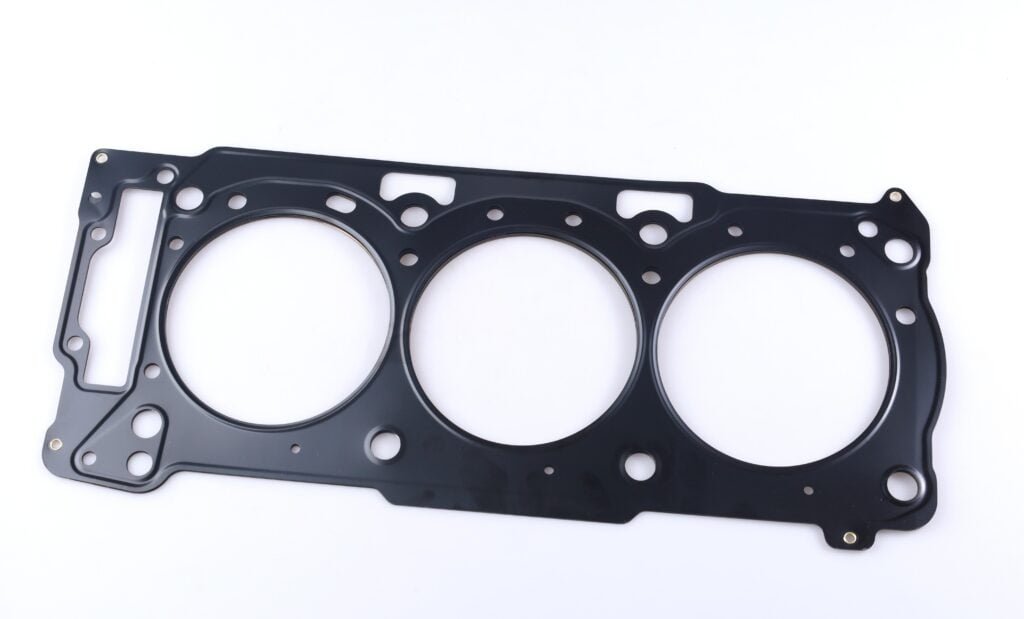Does the size of the engine cylinder gasket bore affect the piston?
Yes, there is a close correlation between the engine cylinder gasket and the diameter size of the piston. The clearance between the piston and the cylinder block is often referred to as piston clearance. The size of the cylinder gasket as well as the diameter of the piston affects the size of this gap.
If the cylinder liner is too thick or the piston diameter is too large, it may cause the piston to rub or jam as it moves through the cylinder block, thus affecting the normal operation of the engine. On the contrary, if the cylinder gasket is too thin or the piston diameter is too small, it may cause the piston to create too much clearance in the cylinder body, which will affect the sealing and the compression efficiency of the engine.
Therefore, the size of the piston and the cylinder gasket need to be matched to the specific engine design and specifications to ensure that the fit and clearance between them meet the requirements for proper engine operation.


Why do so many people modify their pistons and nothing happens to their connecting rods?
Modifying pistons often occurs because they directly interact with the combustion chamber, cylinder walls, and crankshaft, significantly impacting engine performance and efficiency. Piston modifications can involve material selection, weight adjustments, and shape optimization, thereby enhancing an engine’s power, responsiveness, and durability.
On the other hand, connecting rods are less commonly modified. They primarily transmit the piston’s motion to the crankshaft. Connecting rod designs and materials are typically meticulously engineered to meet the engine’s load-bearing capacity and motion requirements. In some high-performance engines, there might be lightweighting treatments or the use of higher-strength materials for connecting rods, but these alterations often don’t directly affect the engine’s performance or combustion efficiency as much as piston modifications do.
In summary, modifying pistons offers greater possibilities for enhancing engine performance and efficiency, while modifications to connecting rods are comparatively less frequent due to their already optimized design and engineering.
Which factors affect engine performance and efficiency?
Several factors influence engine performance and efficiency. Some of the primary ones include:
Cylinder Count and Displacement:
The number of cylinders and their displacement directly impact the engine’s power and torque output. More cylinders typically mean higher potential power output.
Cylinder Layout and Design:
Different cylinder layouts (such as inline, V-type, horizontally opposed, etc.) and designs (valve layout, bore/stroke ratio) affect combustion efficiency and power output.
Fuel Type and Delivery System:
Using different fuel types (gasoline, diesel, natural gas, etc.) affects combustion processes and performance output. An efficient fuel delivery system is key to improving fuel economy and power.
Ignition System:
The efficiency of the ignition system directly influences combustion efficiency and engine performance. Advanced ignition systems can enhance combustion efficiency and power output.
Cooling System:
The engine’s cooling system is crucial for maintaining ideal operating temperatures. A well-functioning cooling system ensures engine stability during operation and reduces wear.
Lubrication System:
A lubrication system reduces friction, wear, and heat, enhancing engine efficiency and longevity.
Internal Components:
Components such as pistons, piston rings, valves, crankshafts, etc., in terms of design and quality, directly impact combustion processes and power output.
Compression Ratio and Intake System:
The choice of compression ratio and intake system design affects combustion efficiency and engine performance.
Exhaust System:
An optimized exhaust system can improve emissions and increase engine efficiency.
These combined factors affect an engine’s performance, fuel economy, and reliability. Improvements and optimizations in these areas can enhance an engine’s overall performance.
